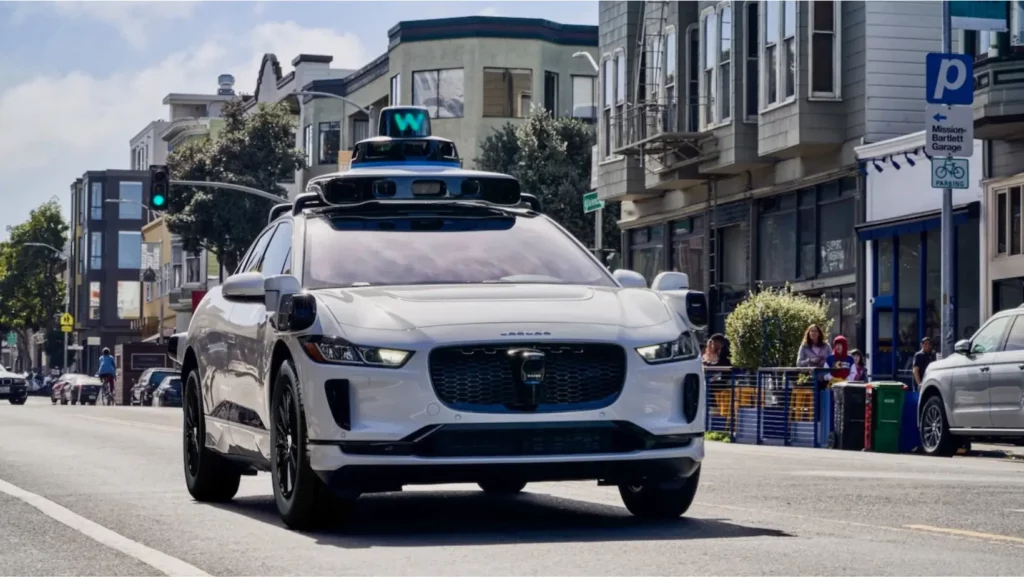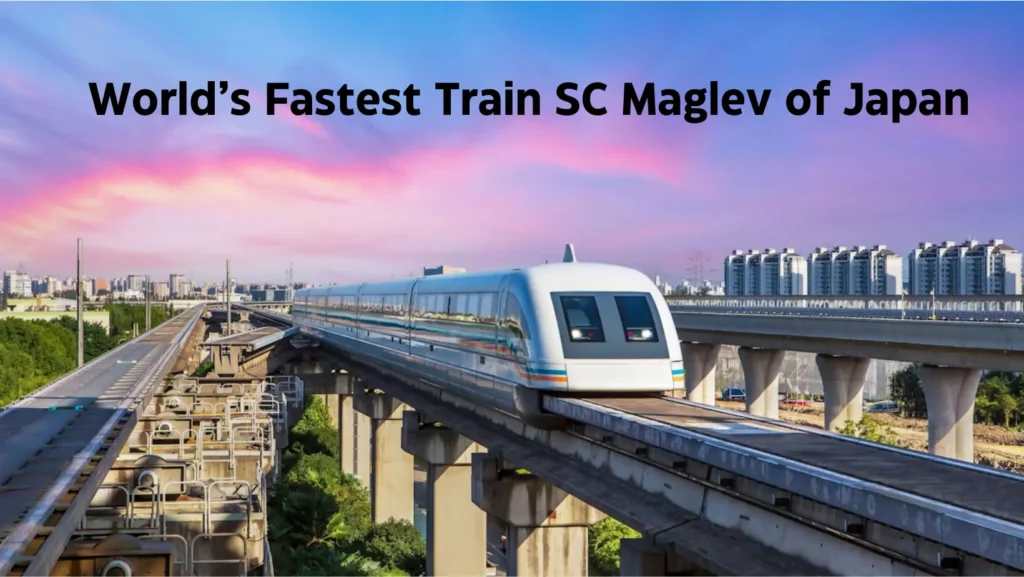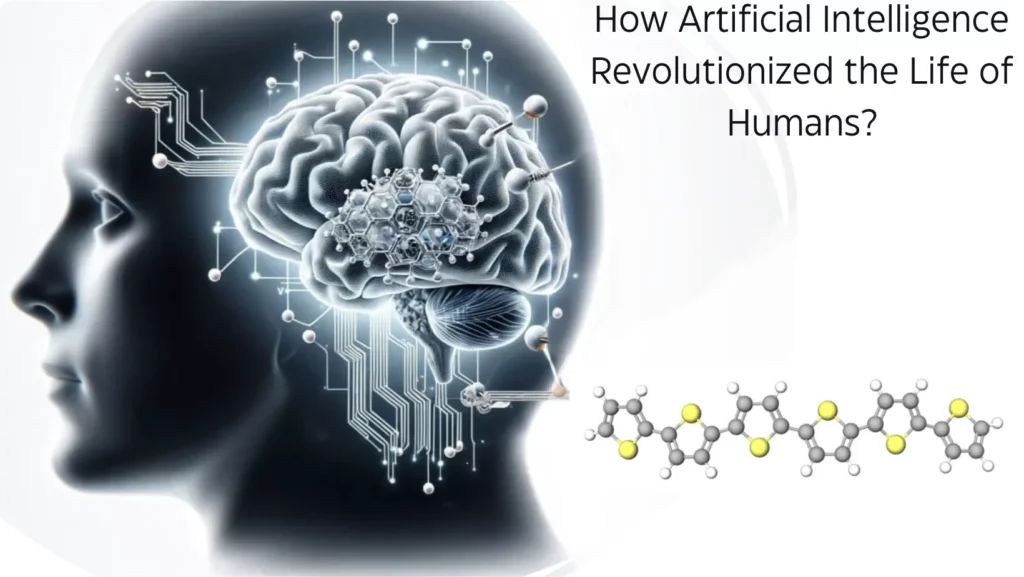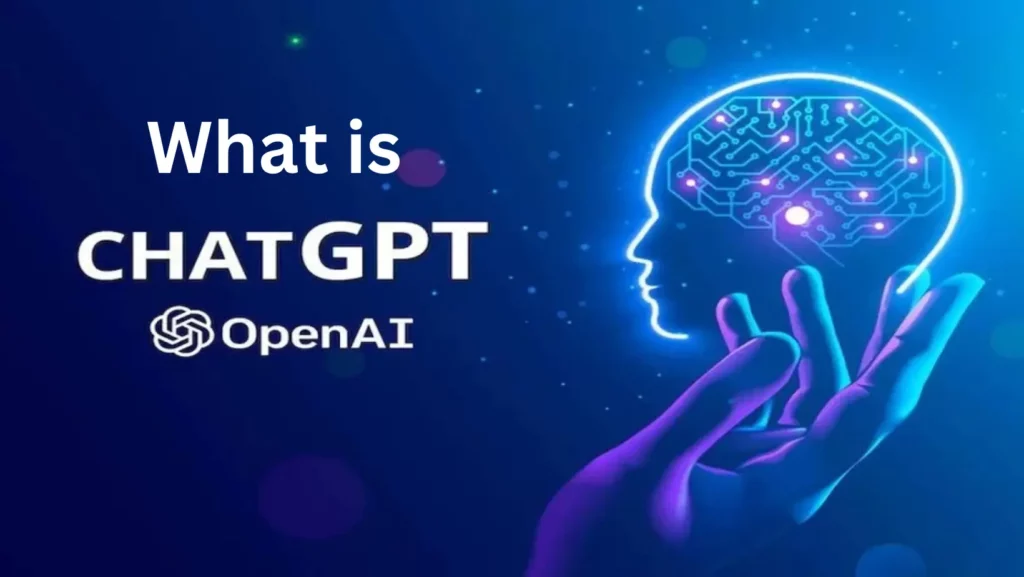Robotaxis will not require drivers. But they still require passengers — many of them.
That may sound like stating the (very obvious) obvious. And yet when Elon Musk announced in early April that Tesla was going to introduce its robotaxi, the first reflex of investors was to run away from a company that already had a base of 150 million people using its rides and food delivery at least once a month. Over the next few months, Uber company lost nearly one-quarter of its market cap.
The stock has since regained much of that ground, in part because of a smattering of deals Uber has signed with those robotaxi providers, like Waymo and Cruise. That would literally assist the case for Uber where lot of riders are required in the future to make ends meet for the auto companies. Driverless taxis could be a wonderful idea to maximize the ROI.
The deal with Waymo was especially notable because the company operates its own robotaxi service in San Francisco, Los Angeles, and Phoenix. Under that agreement, Uber will serve as the exclusive platform for hailing rides in Waymo’s vehicles in Atlanta and Austin, Texas, when the service starts in those two markets next year. Uber wanted to build its own robotaxis at one point but has decided to focus on what it does best instead.
Yet many investors appear to be wagering on a Tesla victory — at Uber’s cost. Tesla’s stock price has soared 43% in the six months leading up to the company unveiling its robotaxi on Oct. 10. Uber’s stock has fallen 5% over that period.
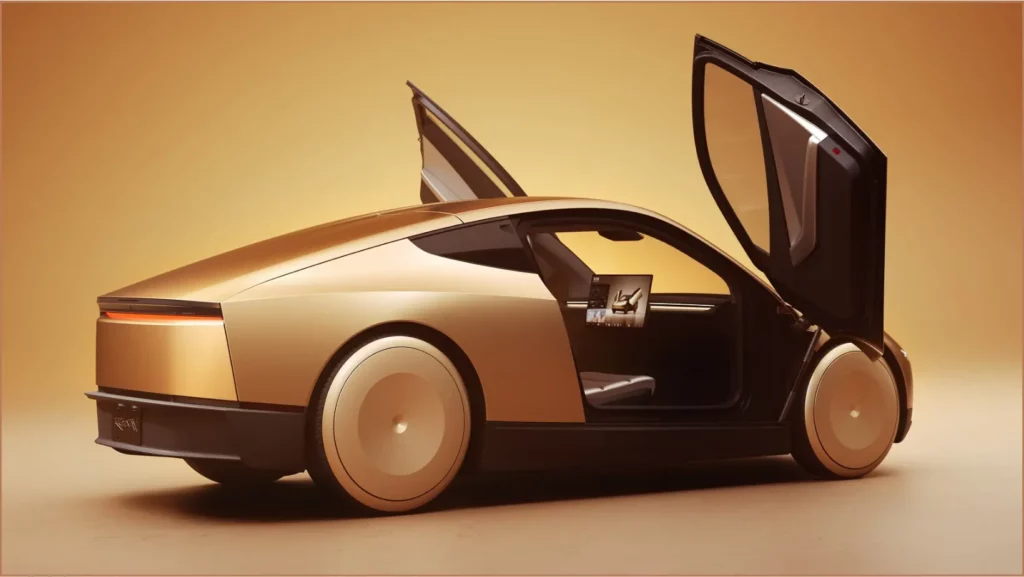
Maybe a bit of history is at play here. Uber did view Tesla as a serious threat, at least for a time, even listing a Tesla self-driving car as a risk factor in its initial public offering documents in early 2019. And Tesla has mostly been giving off signals that it wants to chart its own course with robotaxis. On earnings calls and other platforms, Musk has exclaimed how a fleet of cars would operate without pedals or steering wheels, via the same network the company currently uses to guide drivers of its EVs to charging stations.
A bit like Uber, in other words. However, building a ride-hailing network that competes with a 14-year head start will be hard work, especially given the scale Uber has reached. The company’s mobility segment alone now processes an estimated $34 billion in gross bookings in the U.S. each year, according to estimates by Visible Alpha.
Robotaxis may save you the cost of a human driver, but they aren’t cheap. Bernstein analysts estimate Waymo’s driverless cars cost $150,000 to $200,000 each, including the cost of the car itself and the sensors and computing power needed to operate it. And those cars are almost always running and, therefore, incurring costs for their drivers, while fleets of human drivers can be added and subtracted depending on the demand and do not incur costs when they are not carrying customers.
A broad network of riders is critical to the economics of such a business, both in amortizing its large upfront costs and in reducing so-called deadhead miles, or the distance and time that elapse between profit-generating trips. In a report earlier this year, Brian Nowak, an analyst for Morgan Stanley, estimated that it would cost around $25 billion — and as high as $60 billion — to create a network of self-driving cars that would rival the size of Uber’s network of cars in the United States, depending on the technology used in the fleet.
But the loquacious billionaire’s dreams don’t always match up with reality. And making a workable robotaxi fleet in cars that can operate on public roads is a much bigger challenge than simply mastering the technology of the cars.
Tesla does not have the necessary permits from the state of California to conduct testing of the cars without a driver in the car at this time, UBS analyst Joseph Spak said, even as the company prepares to show off those cars at an event in Los Angeles. Uber and its robotaxi partners may still have a lot of time on their side.

